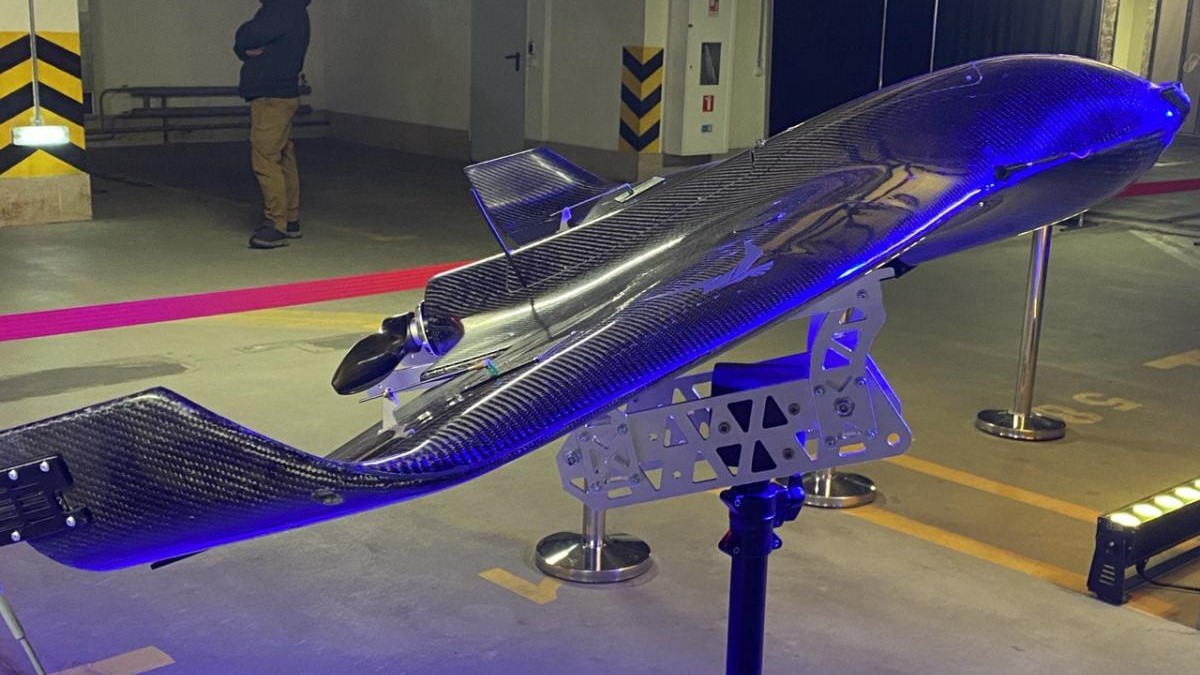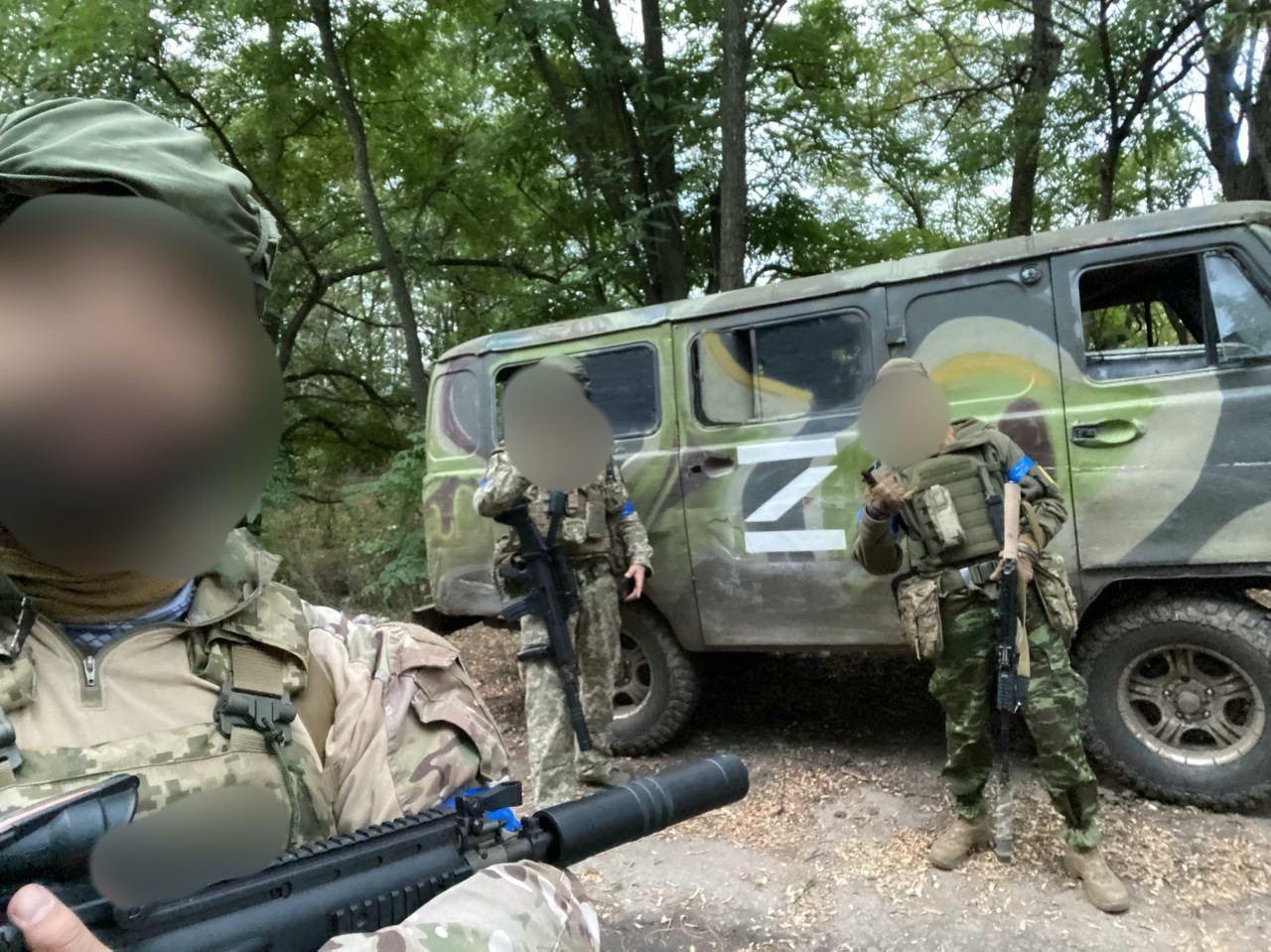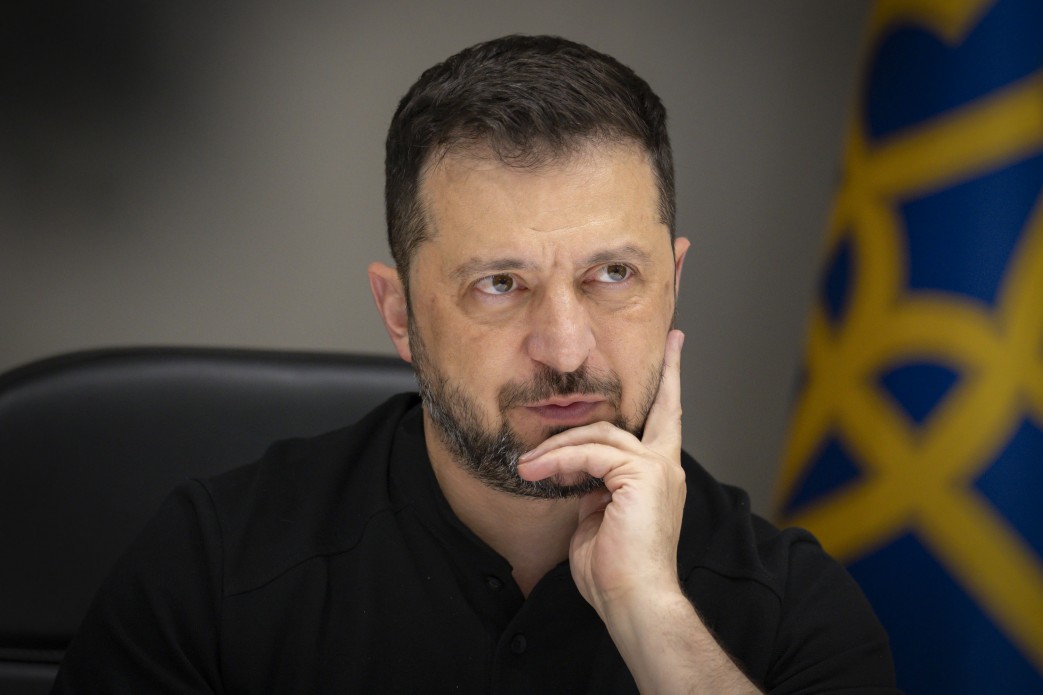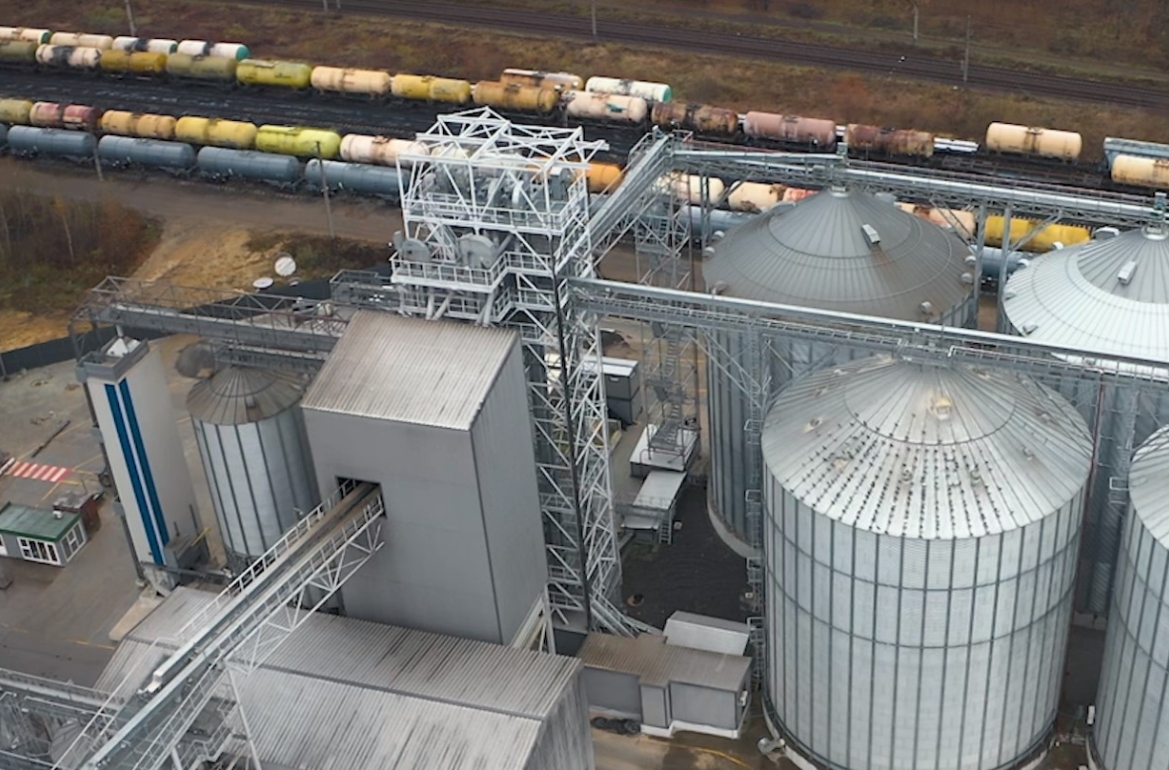It is impossible to instantly solve the problem of Russian “Shahed” attacks, but there are already initial results today — domestic interceptor drones are already being used to repel aerial attacks.
This was reported by Yuriy Myronenko, head of the Center for Innovation and Development of Defense Technologies at the Ministry of Defense of Ukraine.
“There is no single universal solution that would instantly solve the problem of Russian ‘Shaheds.’ This is a complex and multi-component task that is being worked on daily by the military as well as engineers, analysts, IT specialists, and manufacturers. One such element is domestic interceptor drones, the development of which began over six months ago. Today we have the first results: these unmanned systems are already being used to destroy enemy ‘Shaheds’ and are undergoing scaling — production is expanding in response to the increasing number of attacks from Russia,” he said.
At the same time, Myronenko emphasized that a comprehensive response to aerial attacks using all components of air defense is essential.
“Artificial intelligence plays a key role in these solutions — both in targeting and adapting to attack scenarios. This allows us not only to react but also to anticipate threats. However, the effectiveness of this component is possible only within a comprehensive countermeasure system. Therefore, other directions are being implemented in parallel: development of radar coverage, strengthening of anti-aircraft components, deployment of mobile fire groups, and involvement of civil aviation within air defense groups. Training of new specialists and increasing the number of combat crews are also ongoing,” Myronenko stressed.
He also emphasized that
“the emergence of new drone countermeasure systems is not a standalone solution but part of a comprehensive state program that is already operational and will show even greater effectiveness soon. We are confidently moving towards a system of protection for Ukrainian cities against aerial terror that is not only effective but also technological, flexible, and capable of scaling to any threat scenarios.”





















